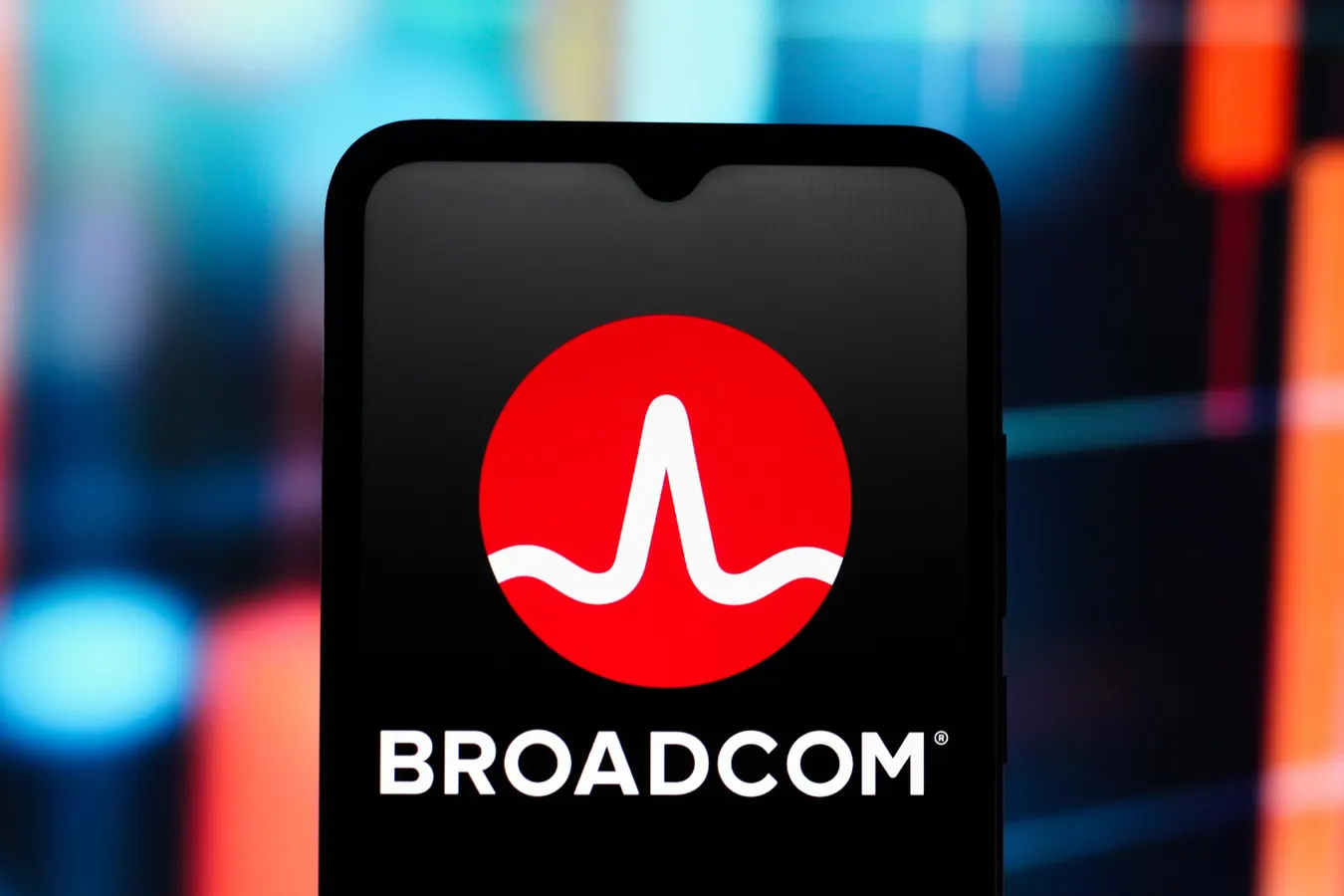Copyright forbes

CANADA - 2025/09/06: In this photo illustration, the Broadcom logo is seen displayed on a smartphone screen. (Photo Illustration by Thomas Fuller/SOPA Images/LightRocket via Getty Images) SOPA Images/LightRocket via Getty Images Over the past decade, Broadcom stock (NASDAQ: AVGO) has delivered a significant $51 billion back to its shareholders in the form of dividends and buybacks. This extraordinary cash generation stems from Broadcom's position as a dominant supplier of mission-critical semiconductor chips and infrastructure software, where the company operates in markets with exceptionally high barriers to entry and generates industry-leading margins that convert revenue into pure cash flow. Broadcom’s cash machine operates on two highly profitable pillars: its semiconductor solutions business that generates $34 billion (LTM) with products so essential to data center, networking, and mobile infrastructure, and its infrastructure software division producing $26 billion through mission-critical enterprise software, including VMware's virtualization platform that customers rely on for their core operations. The company’s business model is particularly cash-generative because it focuses on high-margin, recurring revenue streams, allowing Broadcom to convert approximately $24+ billion annually into free cash flow from its $51.6 billion revenue base. Let's examine some statistics and see how this cash return capability compares to the largest capital-return companies in the market. Interestingly, AVGO stock ranks as the 53rd highest for total returns to shareholders in history. AVGO Stock Shareholder Returns MORE FOR YOU Why should this matter to you? Because dividends and stock buybacks provide direct, tangible returns of capital to shareholders. They also indicate management’s confidence in the company’s fiscal health and capability to generate sustainable cash inflows. Additionally, there are numerous other stocks like this. Here’s a list of the top 10 companies ranked by total capital returned to shareholders through dividends and stock repurchases. Top 10 Stocks By Total Shareholder Return Top 10 Stocks By Total Shareholder Return For comprehensive rankings, visit Buybacks & Dividends Ranking What do you observe here? The total amount of capital returned to shareholders as a percentage of the current market capitalization seems inversely related to growth expectations for reinvestment opportunities. Companies like Meta Platforms (META) and Microsoft (MSFT) are experiencing significantly faster growth, more predictably when compared to their counterparts, but have returned a much smaller proportion of their market cap to shareholders. This represents the downside of high capital returns. Certainly, they are appealing, but you need to ask yourself: Am I compromising on growth and solid fundamentals? Keeping this in mind, let’s review some data for AVGO. (Refer to Buy or Sell Broadcom Stock for more insight) Broadcom’s Fundamentals Revenue Growth: 28.0% LTM and 24.0% last 3-year average. Cash Generation: Approximately 41.6% free cash flow margin and 39.0% operating margin LTM. Recent Revenue Shocks: The minimal annual revenue growth over the last 3 years for AVGO was 11.9%. Valuation: Broadcom stock is traded at a P/E ratio of 92.9 Opportunity vs S&P: In comparison to S&P, it offers a higher valuation, greater revenue growth, and improved margins. That being said, if you seek an upside with less volatility than holding an individual stock, consider the High Quality Portfolio. It has comfortably outperformed its benchmark—a combination of the S&P 500, Russell, and S&P MidCap indexes—and has achieved returns exceeding 105% since its inception. Why is that? As a group, HQ Portfolio stocks provided better returns with less risk versus the benchmark index; less of a roller-coaster ride, as evident in HQ Portfolio performance metrics. AVGO Historical Risk That said, AVGO is not immune to significant downturns. It experienced a nearly 48% drop during the COVID-19 pandemic, around 35% during the 2021 inflation shock, and approximately 27% during the 2018 correction. See – How Low Can Broadcom Stock Go – for more details. Even with robust fundamentals, it is evident that the stock can undergo substantial declines when market conditions change. Quality companies still suffer when market sentiment shifts abruptly. However, the risk isn't confined to major market crashes. Stocks can decline even in favorable market conditions — consider circumstances like earnings reports, business announcements, and changes in forecasts. Check AVGO Dip Buyer Analyses to explore how the stock has rebounded from sharp declines historically. Remember, investing in a single stock without comprehensive analysis can be risky. Consider the Trefis Reinforced Value (RV) Portfolio, which has outperformed its all-cap stocks benchmark (combination of the S&P 500, S&P mid-cap, and Russell 2000 benchmark indices) to produce strong returns for investors. Why is that? The quarterly rebalanced mix of large-, mid-, and small-cap RV Portfolio stocks provided a responsive way to make the most of upbeat market conditions while limiting losses when markets head south, as detailed in RV Portfolio performance metrics. Editorial StandardsReprints & Permissions



